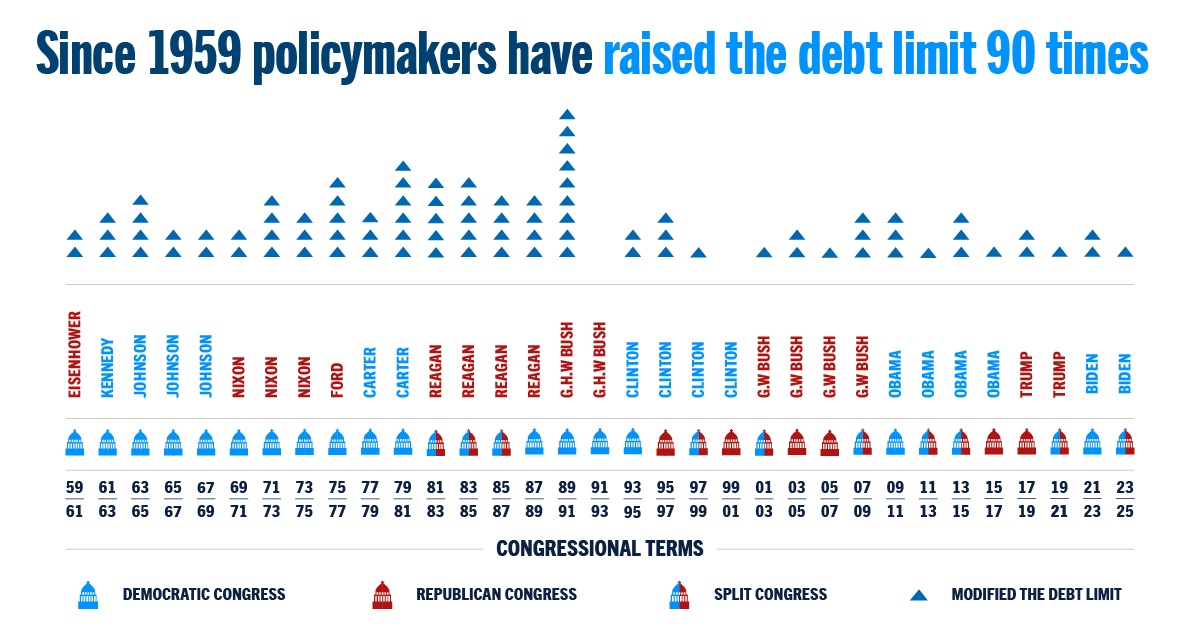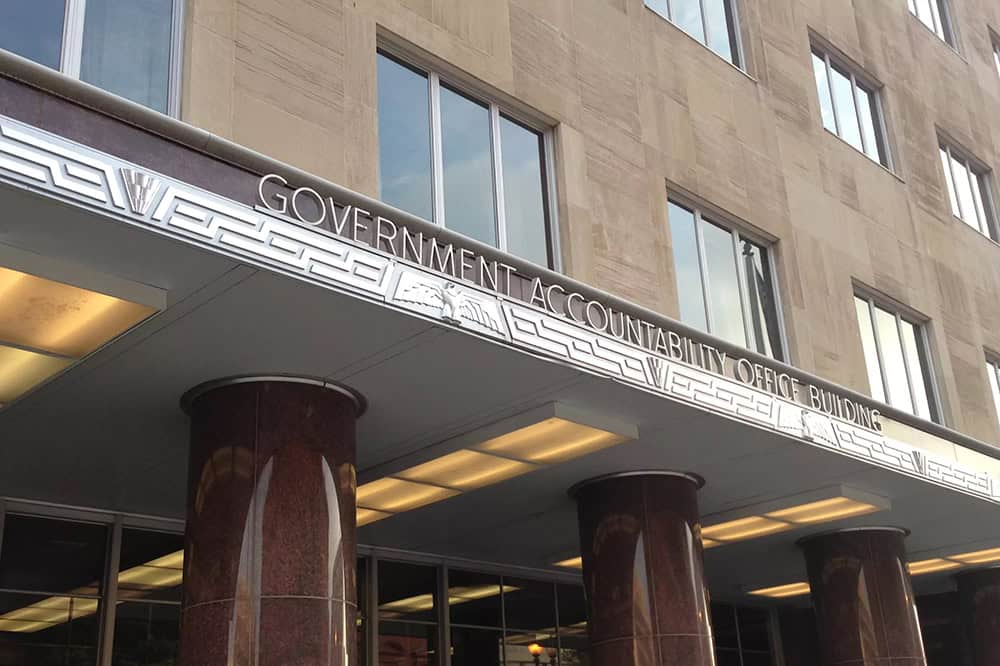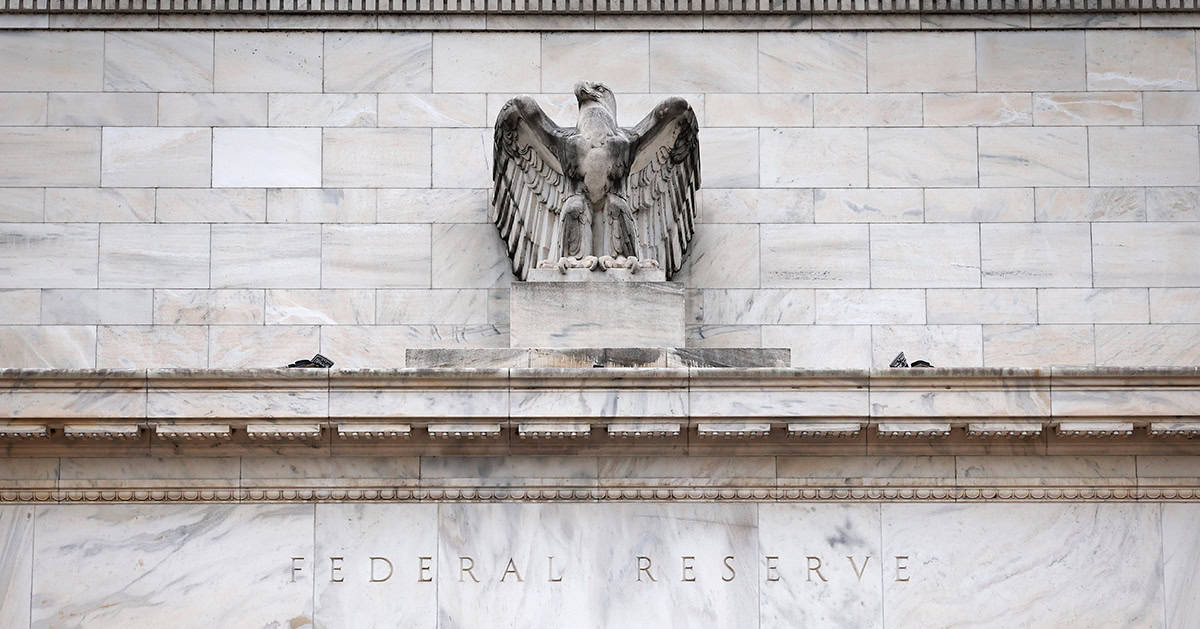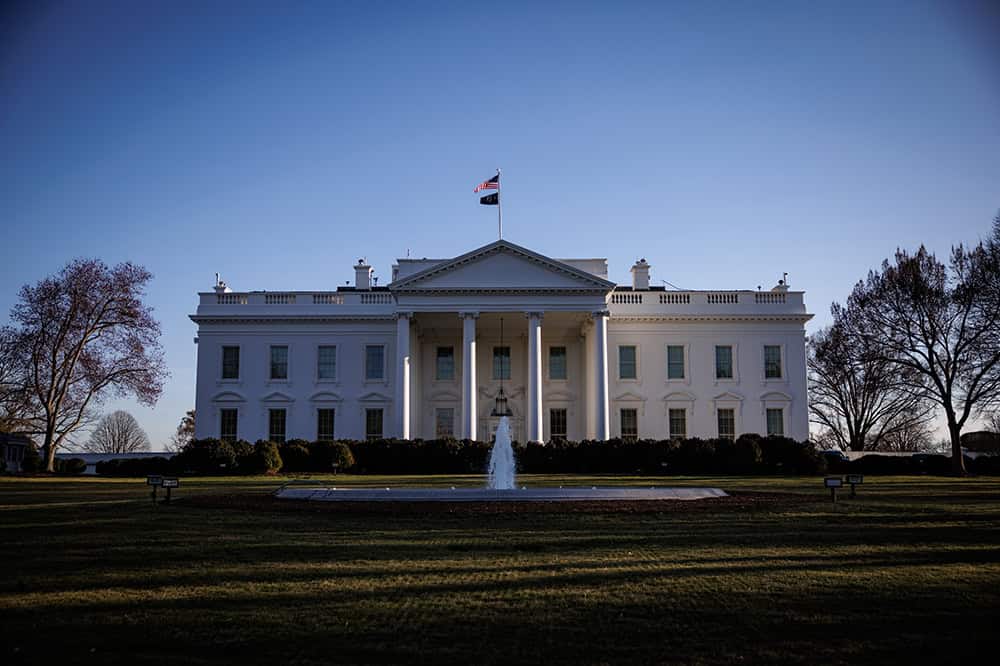The debt ceiling, which had been suspended since June 2023, was reinstated on January 2, 2025 at $36.1 trillion — the level of debt at the end of the suspension period. The Treasury has been drawing on its cash balances since that time; when those balances start to dwindle, the Treasury will once again have to implement “extraordinary measures” to temporarily avoid default. Those measures went into effect on January 21.
What Are the Consequences of Not Raising the Debt Ceiling?
If lawmakers do not agree on raising or suspending the debt limit before the extraordinary measures are exhausted, there would be severe consequences for both the federal government and the economy.
With spending limited to incoming revenues, the federal government could be forced to delay payments to employees, contracts could be violated, and payments to beneficiaries of government programs (including Social Security and Medicare) could be delayed or reduced. Although the Treasury Department would probably continue making timely principal and interest payments on the public debt, worries about the government’s creditworthiness would likely cause interest rates to rise and increase the government’s cost of borrowing. The Government Accountability Office estimated that delays in raising the debt limit in 2011 increased the government’s borrowing costs by $1.3 billion in that fiscal year; a subsequent report identified costs of $38 million to $70 million resulting from the debt limit impasse in 2013.
The threat of default puts into question America’s willingness to honor its commitments. Not only would that harm the country’s creditworthiness, it would also have effects on the economy. A study by Macroeconomic Advisers and funded by PGPF analyzed the economic effects of fiscal brinksmanship during the “fiscal cliff” episode that was resolved on January 2, 2013. The study found that if the debt ceiling had caused even a brief restriction on borrowing at that time, the economy could have been pushed back into recession. A disruption in borrowing lasting two months could have led to a prolonged economic downturn and eliminated approximately 3 million jobs.
In a 2023 report from Moody’s Analytics, the credit rating agency found that even a short-term breach of the federal debt limit could reduce gross domestic product, result in the loss of 2 million jobs, and wipe out trillions of dollars in U.S. household wealth. A prolonged breach of the debt ceiling would likely amplify those effects.
Does the Debt Ceiling Control Government Spending?
No — raising the debt ceiling does not authorize new spending. Rather, raising the debt ceiling simply enables the Treasury Department to fund commitments that the government has already incurred under previous decisions by elected officials. To control actual spending, lawmakers must change the laws that provide funding in the first place.
What Is the History of the Debt Ceiling?
The debt limit has been raised frequently in the past — 90 times since the beginning of 1959, by Presidents and Congresses of both political parties. At times, lawmakers have addressed fiscal reforms as part of raising the debt limit, but in general the limit has not been effective in reining in the country’s growing debt.

Over the past 40 years, the debt limit has grown from just under $2 trillion to more than $36 trillion.
Conclusion
Stabilizing the debt is an essential part of any sound fiscal policy and economic strategy for America. Unless policymakers deal with the hard decisions to close the structural imbalance between spending and revenues, federal debt will climb to unsustainable levels and put America’s economy and future prosperity at risk. Addressing the country’s fiscal challenges is critical to ensure that America has adequate resources for investing in the future, protecting critically important programs, and creating robust economic growth and opportunity for coming generations.
Governing by crisis, engaging in fiscal brinksmanship, and threatening our nation’s creditworthiness are not effective means of addressing our fiscal situation. Instead of risking the full faith and credit of the United States, lawmakers should pursue the deep playbook of spending and revenue options to stabilize the debt and prevent the debt from rising so quickly.
Photo by Chip Somodevilla/Getty Images
Further Reading
How Much Can the Administration Really Save by Cutting Down on Improper Payments?
Cutting down on improper payments could increase program efficiency, bolster Americans’ confidence in their government, and safeguard taxpayer dollars.
How Do Quantitative Easing and Tightening Affect the Federal Budget?
The Federal Reserve plays an important role in stabilizing the country’s economy.
Can a Rescissions Package Help Lawmakers Formalize DOGE Cuts?
Rescission packages can serve as a tool for the President and Congress to manage and control government spending through a formal statutory process.


